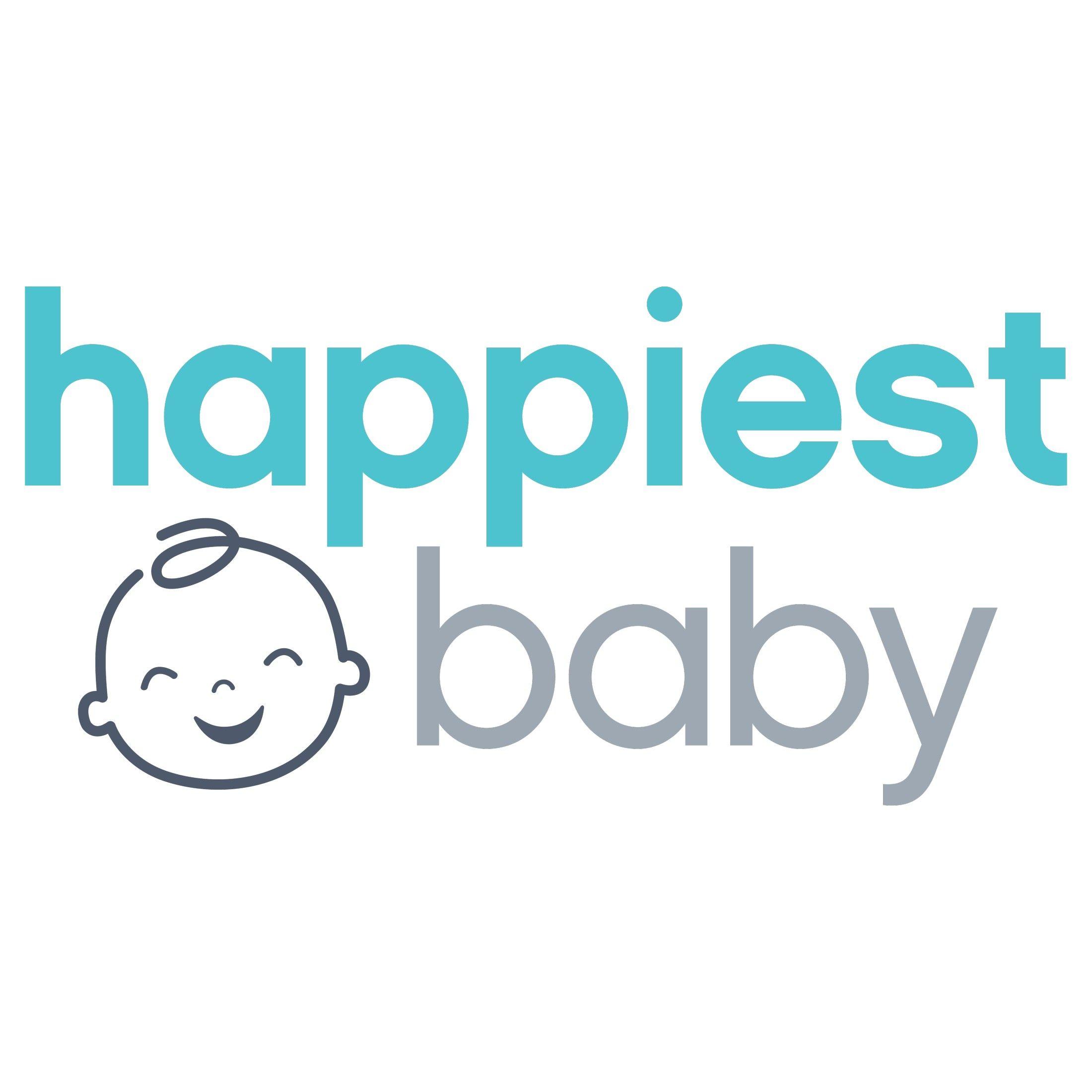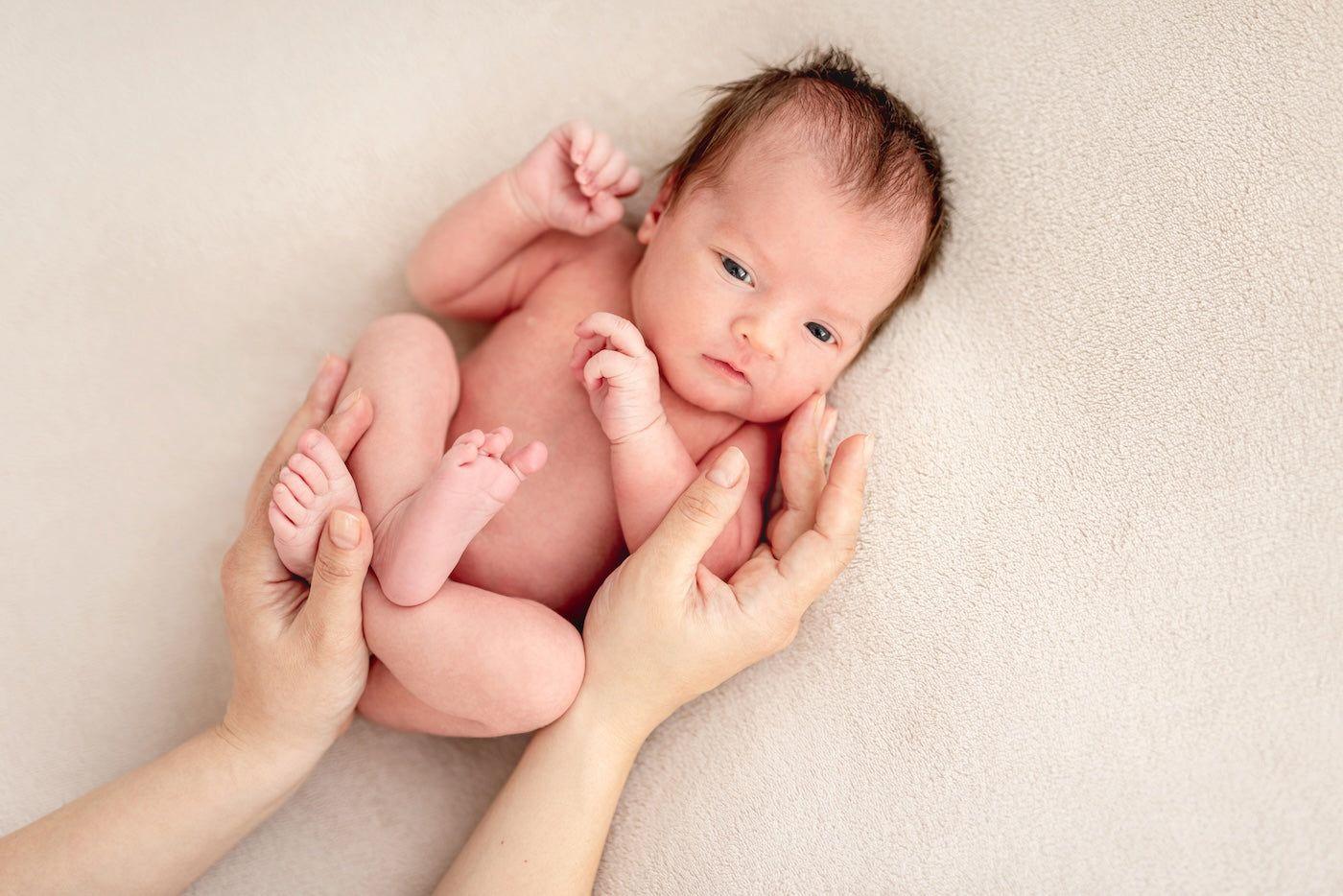BABY
What’s the Newborn Scrunch?
Here’s the scoop about this adorable reflex.

Written by
Happiest Baby Staff

SHARE THIS ARTICLE
PARENT PICKS
Bestsellers
BABY

Written by
Happiest Baby Staff

SHARE THIS ARTICLE
Bestsellers
Have you ever scooped up your bub and noticed their tiny legs tuck in, arms curl up, and body fold into a sweet little ball? That adorable pose is what many parents lovingly call the “newborn scrunch.” It’s a completely normal (and completely irresistible!) part of your newborn’s early development. But what exactly causes the newborn scrunch—and when does it fade? We’ve got the lowdown!
The newborn scrunch is that curled-up, compact posture babies often assume when you pick them up, lay them on your chest, or cuddle them close. Their legs draw up toward their tummy, arms bend in, fists clench, and sometimes their head tucks in a little, too.
It’s not a sign that your baby is uncomfortable or upset. In fact, the scrunch is one of your little one’s very first “default settings.” Think of it as your newborn’s go-to pose, shaped by months of snuggly life in the womb.
Your baby spent roughly 40 weeks tucked inside the cosy confines of your uterus. In that warm, watery world, there wasn’t much space to stretch out! So, as your baby grew, they naturally settled into a fetal position—with a curved back, tucked limbs, and a snug little body.
That position doesn’t just disappear at birth. Instead, your newborn carries that familiar, comforting pose into the outside world. That’s the newborn scrunch! It’s part of something known as physiological flexion—a natural state of muscle tone in newborns that helps them stay curled up in that comfy shape.
Absolutely! The newborn scrunch is a totally normal part of healthy newborn development. It’s especially noticeable in the early weeks of life and is a reassuring sign that your baby’s nervous system and muscles are developing as they should.
In fact, doctors and paediatric physiotherapists look for flexion when assessing newborns. It’s one of the main indicators that your little one has good muscle tone and is neurologically healthy.
And here’s the best bit: The scrunch isn’t just adorable—it serves a purpose! That flexed-up posture can help babies feel secure. It’s one of the reasons swaddling works so well. Wrapping your bub snugly in a swaddle mimics the womb’s cosiness—and supports that natural curled-up pose babies love. (Check out the best swaddles for newborns!)
Like many baby reflexes and newborn behaviours, the scrunch gradually eases as your baby grows and gains more control over their body. Around 6 to 8 weeks, you’ll probably notice your baby beginning to stretch out more. Their limbs will extend more freely, movements will smooth out, and they’ll spend less time in that tightly curled pose.
By around 2 to 3 months, most babies move on from the scrunch as they reach exciting motor milestones like lifting their head during tummy time, reaching out with their arms, and kicking those little legs with gusto.
While the newborn scrunch is generally nothing to worry about, it’s always wise to have a chat with your GP or child health nurse if:
These may be signs of something that could benefit from early support. The great news? Most movement-related concerns in babies can be managed very well with the right guidance and intervention.
That cosy little curl your baby makes when you scoop them up? It’s one of the sweetest—and most normal—parts of newborn life. The newborn scrunch is your baby’s way of adjusting to the big, open world after months in the womb. And while it doesn’t stick around forever, it’s one of those fleeting baby quirks that parents cherish for a lifetime.
***
REFERENCES
Disclaimer: The information on our site is NOT medical advice for any specific person or condition. It is only meant as general information. If you have any medical questions and concerns about your child or yourself, please contact your health provider. Breastmilk is the best source of nutrition for babies. It is important that, in preparation for and during breastfeeding, mothers eat a healthy, balanced diet. Combined breast- and bottle-feeding in the first weeks of life may reduce the supply of a mother's breastmilk and reversing the decision not to breastfeed is difficult. If you do decide to use infant formula, you should follow instructions carefully.